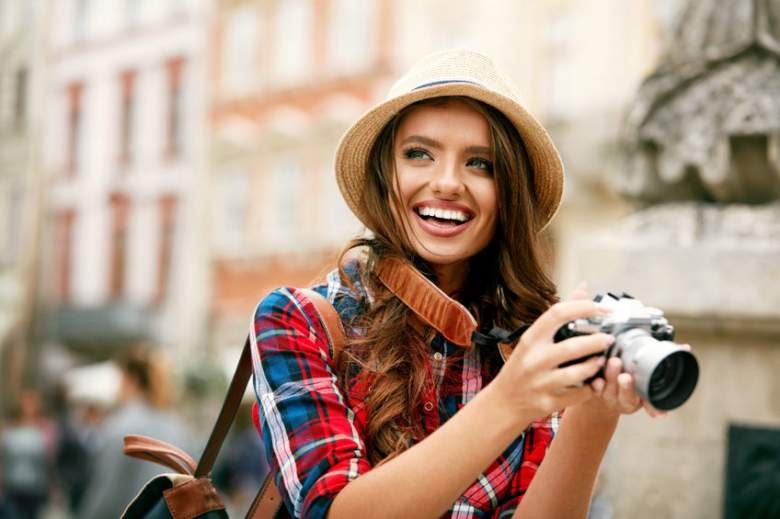
123RF.com (puhhha)
Buying a video camera is a tough choice, and the range of new 8K models can make that decision harder. Luckily, if you know your requirements and budget, you can quickly narrow down your options and get the model you need.
The 8K video cameras on this list cover choices from mid-range film options to affordable professional alternatives and hybrids suitable for more general use. Because 8K consumer products are still pretty niche, there are also some mobile phones, and even a drone to give you plenty of options.
Here are the six best 8K video cameras available in 2021.
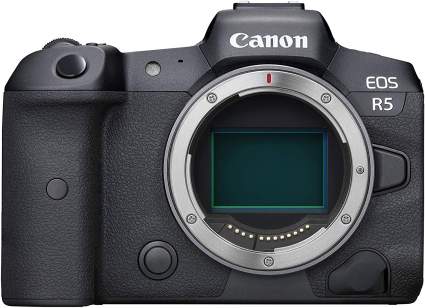
|
Amazon Customer Reviews
|
Price: $2,999.00 Shop at Amazon | Shop now Read our review |
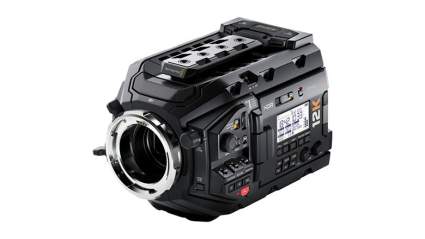
|
Amazon Customer Reviews
|
Price: $6,385.00 Shop at Amazon | Shop now Read our review |
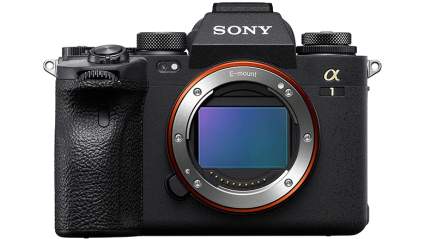
|
Amazon Customer Reviews
|
Price: $6,154.95 Shop at Amazon | Shop now Read our review |
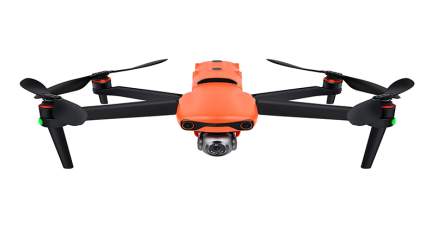
|
Amazon Customer Reviews
|
Price: $1,495.00 Shop at Amazon | Shop now Read our review |
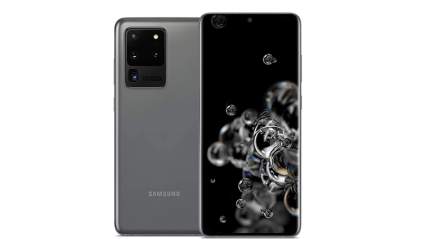
|
Amazon Customer Reviews
|
Price: $1,399.99 Shop at Amazon | Shop now Read our review |

|
Amazon Customer Reviews
|
Price: $675.00 Shop at Amazon | Shop now Read our review |
-
1. Canon EOS R5
Pros:- Canon Support and Maintenance
- Good Body Build and Ergonomics
- Still and Video Options
Cons:- Lack of Customization (Comparatively)
- Overheating for Video Options
- Not Impressive-Looking
For the first of the hybrid options, the Canon EOS R5 is a well-known high-end mirrorless camera that combines still and video.
Its 8K options deliver full-frame internal 8K RAW video, ISO 100 – 51200 for image quality, and up to 8 stop image stabilizers for handheld shooting options.
The 8K video functionality problem is what shooting with it does to the camera’s temperature. The time frame for using the high-resolution video option is pretty short before the camera overheats and shuts down. As any videographer will know, that isn’t ideal. The linked problem is the recovery time between shutting down and being able to restart. When the camera initially launched, it was pretty long, and people complained.
Since the launch, Canon has issued firmware updates to shorten the recovery time and extend the shooting time. Shoot time for 8K is now at about 20 minutes, with a 10 minute recovery period, which is an improvement.
A pro for 8K shooting is the dual pixel autofocus that works well, and also, the Body Stabilisation system helps out with filming while walking around or tracking a subject.
For skilled enthusiasts and professionals, the Canon EOS R5 is a solid option for shorter burst 8K shoots.
-
2. Blackmagic URSA Mini Pro 12K
Pros:- 8K at 120FPS
- Price. It's independent filmmaker affordable
- Proprietary BRAW
Cons:- It doesn't have the market share or resources that other pro brands do
- Lacks modularity
- No Final Cut Pro X Braw Plugin exists
At the pro level, the Blackmagic URSA mini is the underdog that delivers. Although it is technically a 12K video camera, it caters to 8K, so it is included here.
Coming with a super 35mm sensor and 12288 x 6480 resolution, the Black Magic offers 12K with 8K and 4K oversampling options. That is pretty versatile and opens up a whole range of post-production possibilities.
For the light geeks, there are a relatively limited 14 stops of dynamic range. Still, this video camera is an entirely viable option for creative work at a high end level for many professionals.
Shooting wise, you can get up to 120 fps in 8K, and there is the built-in DaVinci Studio for post-production. Easy to use and no compatibility issues.
Another good thing about the Blackmagic is BRAW or Blackmagic RAW. Producing cinema-quality 12-bit 80 megapixel images at up to 60 frames is a comparable option to R3D in image quality outputs. For less spend on the camera.
For any professional or aspiring filmmaker, the Black Magic is an excellent camera to think about. It is still a relatively inexpensive indie with some serious flexibility and is designed to be post production driven from the get go.
Find more Blackmagic URSA Mini Pro 12K information and reviews here.
-
3. Sony Alpha 1
Pros:- Sony support and maintenance
- Stills and video
- Most extended video shoot times of the hybrids
Cons:- Overheating
- No internal RAW capture
- Bundles are pricey
Much like the Canon, the Sony Alpha 1 is a hybrid option. Featuring a new image sensor and the BIONZ XR engine, the A1 shoots 8K video at 7680×4320 resolution. The BIONNZ XR has enhanced tracking for following human eye movement and is available for 8K video.
The ISO range is from 100 – 32000, so you can take your pick for the best options to suit lower light levels or for maximum dynamic range.
Sony also produces the A75 III that is completely video-focused. The A1 shares most of its capabilities but has the bonus of a much higher resolution sensor that allows you to shoot 8K at up to 30p as 10-bit 4:2:0 H.265 footage. The good news about this is that you get most of the post-production benefits without the massive file size. SSDs are expensive, so this is a worthwhile pro. For the same reason, if you need super subtle color grading in post-production, then this camera may not be the one for you.
For handheld work, the A1 offers Active Steadyshot, which shows a visible difference in smoothness with only a minor crop.
Overall, the Sony A1 is a reliable, high-end hybrid with usable 8K options. It’s more pricey than the Canon, but you can shoot for 10 minutes longer, all things being equal. If you are a sports photographer with video interests, this might be the best bet for you.
-
4. Best Entry-Level 8K Drone: Autel Evo II
Pros:- Video resolution options
- More versatility than just a camera
- 40 minute flight time
Cons:- 8K limited to 25FPS
- Odd orange color choice
- Requires drone flight knowledge to operate
It’s impossible to have a best 8K camera list and not include a drone somewhere. The Autel Evo II is a rugged-looking drone with a range of 9km/5.5 miles and a max speed of 72 km/44 mph.
Other than having 8K options, it also comes with handy omnidirectional collision sensors so that it hopefully avoids some potential crashes, even if you’re not the best operator.
The 8K option is limited to 25fps which is fine unless you want to do most types of slow-mo effects in post-production. A bit limiting for a full range of creative execution options. In addition to the 8K option, the Evo II Dual has a FLIR Boson thermal camera which you can shoot simultaneously but with a loss of resolution in thermal mode.
The Evo II drone is for you if you want good flight times and 8K experimentation opportunities. It’s also not a bank breaker at under $1400.
The Evo II Dual is an enterprise product for more serious drone fans with bigger budgets.
Find more Autel Evo II 8K Drone information and reviews here.
-
5. Samsung S20, S20+, S20 5G and S20 Ultra
Pros:- Super portable
- Under $1100 for the Ultra
- Snap 33MP photo from 8K video
Cons:- Phone display doesn't support 8K
- Limited by 24fps
- Short recording times
Although not the first 8K mobile phone to market, the Samsung S20 range is powered by the Qualcomm Snapdragon 865 processor and offers four options at similar specs but different price ranges.
The Samsung 8K video camera allows for great depth of field versus 4K options but lacks the flexibility of original composition that 4K allows. The trade-off is the ability to zoom in and crop without getting too much noise or losing quality. For the lower-end models S20, S20+, and S20 5G, the zoom is a little less impressive at 3x. The S20 Ultra comes with a 10x Hybrid Optic Zoom and the AI-driven Super-Resolution Zoom feature so that you can create a variety of high-quality compositions from just one source. For most people, this will be more than enough to give you some creative range.
For resolution and fps, all S20 models support UHD 8K (7680 x 4320) @ 24fps. 24fps is classic movie pace but can be limiting for sports-style shooting. The upside of this limitation is smaller file sizes, also helped out by the up to 1 TB of external storage available for every model.
Probably the most exciting thing about the S20 models is the Single Take functionality. It revolutionizes the way you can shoot stills and video on a mobile phone. By just tapping once on the sensor and creating some movement, you can end up with a random mix of photos, video, ultra-wide, or hyperlapse. Not precision perfect, but a fun way to shoot.
Recording time is limited to 5 minutes for the usual overheating reasons, but for anyone starting or experimenting with 8K, the S20 range is an excellent place to start.
Find more Samsung S20, S20+, S20 5G and S20 Ultra information and reviews here.
-
6. ASUS ROG Phone 5
Pros:- 8K in Your Pocket
- Snap-On Fan Cooler
- 8K Uploads Supported by Youtube
Cons:- Gamer-centric phone isn't for everyone
- Only 30FPS
- Lacks advanced features of dedicated 8K cameras
The ASUS ROG is essentially a mobile gaming phone that happens to have an 8K video camera. Powered by a Snapdragon 888 processor and 18 GB of RAM, it is probably more than most people will need for most things.
The ROG can shoot 8K at up to 30fps on its 64MP front-facing camera, putting it a little ahead of the Samsungs. If you are into shooting live or action events, this option may be better suited and a little less laggy at certain settings.
With an improved and more stable bitrate of up to 130 Mbps, it also has a three-axis EIS for stabilization. Still, even with all of these improvements, 8K video shot on camera phones tends to be a little jagged.
If you are a mobile gamer first but want to try out 8K, this is the right one for you.
Do I want or need 8K?
Wondering if you need 8K or if it is worth the outlay? Besides amazing image clarity, it is helpful to be able to zoom in on or crop a frame without getting too much noise. That alone opens up a range of creative reframing opportunities that no other resolution can achieve. Even if you just want to do good work with flexible options in low light conditions, an 8K video camera and the right settings will give you some great results.
How do I choose the best 8K video camera for me?
For those new to 8K, questions to ask are:
- What is the quality of the film that I need to create?
- Is it for TV, vlogging, streaming, or another platform?
- What is my budget?
- Are there any specific effects that I want to achieve that need certain specs or settings to pull them off?
Make That Indie Film
The Black Magik is the one on this list that will cover you for this type of high end work. If you are in this category, you probably already know the 8K options available, so it is a question of budget and specs that suit what you want to achieve.
Pros, Videographers and Vloggers
For most vloggers and other pro videographers, selecting between the high-end full frame hybrids is probably a realistic place to start. The decision will come down to cost and perhaps a particular spec. Overheating, streaming options, and shoot or recovery times are as important in this category as some of the other more fancy factors.
Consumers
As a consumer enthusiast, you could start by choosing between the full-frame hybrids and the micro four thirds formats that tend to be reasonably priced. These are good options if you are pretty knowledgeable or experimenting as they offer good operability and good enough specs for less cost. The mobile phone options are also really portable and have a bunch of fun features.
8K Drones
If you want an 8K drone, you can choose one of the Evos for its sturdy frames, good flight time, and omnidirectional sensors to help minimize any operating mistakes. There are not many more out there yet.
The critical factors at most levels are your budget and ensuring that the specs match your creative and practical needs.